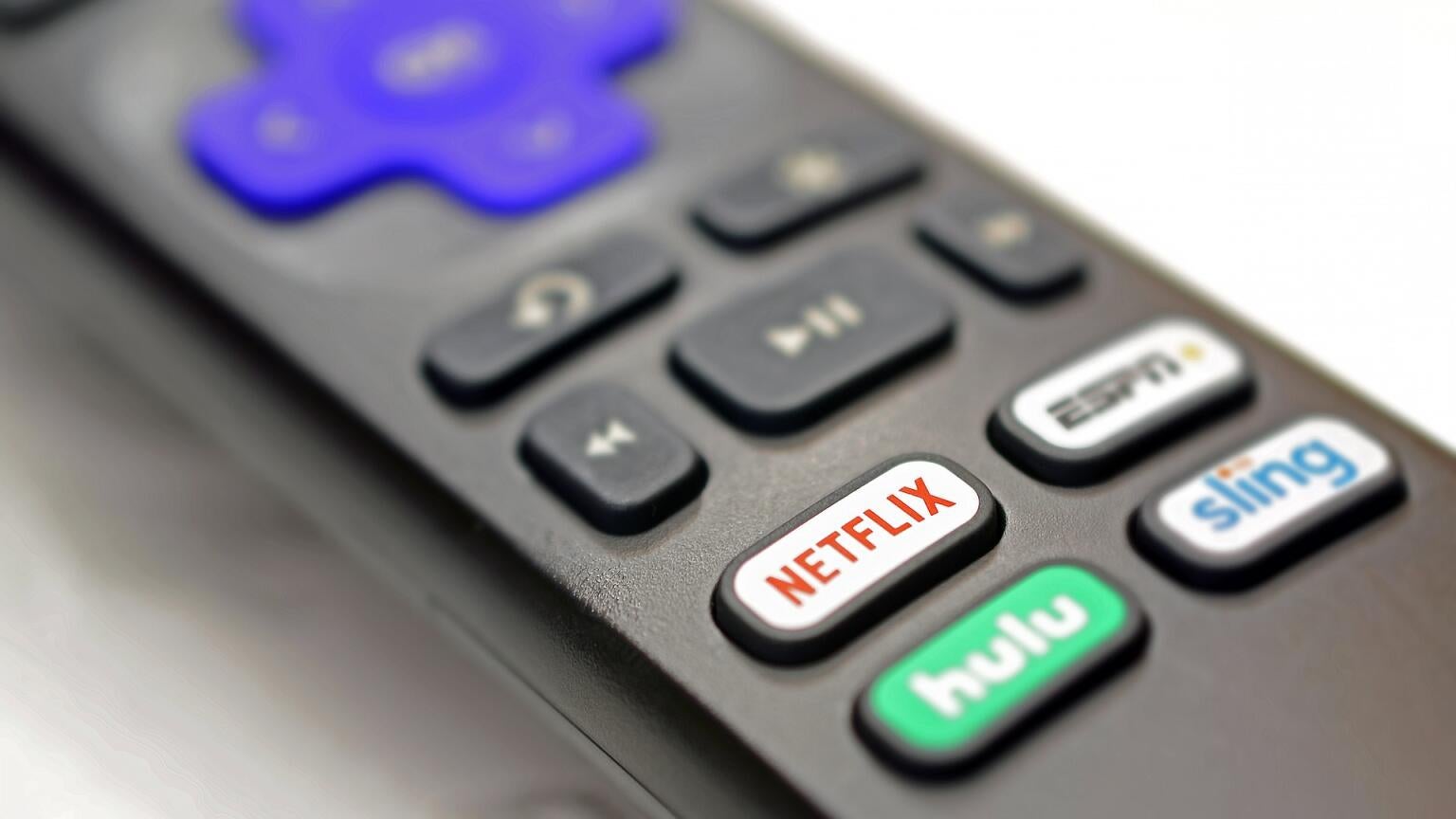
Churn has long been an issue in the streaming market. For streaming service providers, it’s a problem to be overcome. For subscribers, it’s a fact of life. The latest word out from Parks Associates pins down just how big an issue churn in streaming is, noting that streaming service churn rates are now up to 44%.
That wasn’t all the study found, either; the study noted that almost half of all U.S. household have a minimum of four over-the-top (OTT) streaming platforms at their command, platforms like Netflix or Hulu. That lines up with earlier reports from October suggesting the average number was closer to nine. That’s particularly true given the number of free services out there like Tubi and Pluto TV.
Moreover, the report noted the growth of streaming services in general. Even as households subscribe to multiple platforms and keep them in regular rotation, there’s a constant expansion and departure. That’s “churn” in a nutshell. But the study attached some numbers to it accordingly. It found 37% of households that subscribed to a new service in the last 12 months will end up leaving that service because there is no new content. Further, 26% of households that canceled a service did so specifically because they finished the available content that they wanted to watch.
For our purposes, that’s noteworthy enough. A closer look at why the study was commissioned in the first place suggests some crucial new points. The study was originally done as a means to identify ways in which artificial intelligence and machine language solutions can help streaming services keep customers. Such tools can go a long way in one particular regard: better helping users identify content that’s similar to other content.
Originally, that needed to be mostly the domain of humans. Advances in these fronts are producing systems that act how the friendly human at the video store used to: pointing out that, if you liked “The Terminator,” chances were you were going to like several other Arnold Schwarzenegger films as well.
It comes back to one thing: whether it’s new content or just new-to-you content, people need a steady supply of content to view to maintain a streaming account. Disney+ ran into this problem first-hand recently; its supply of new content has been hampered for a variety of reasons ranging from Covid-19 delays to bureaucratic in-fighting. For any platform, there are plenty of viewers who will simply move on once a platform’s supply of new content has run out. That’s a problem for streaming platforms; new content is expensive. With even “inexpensive” content going for half a million dollars or more per episode, a new 13-episode season is a multi-million prospect.
Artificial intelligence and machine learning tools can step in to better connect users with new content. For instance, in our earlier example, let’s say Arnold Schwarzenegger weren’t the household name he was. AI and machine learning can help you find other films he’s been in. Also, it can route you to similar content like material from Stallone or Lundgren, or most other 80s action fare. It allows streaming platforms to better use the content that’s on hand, and lets users connect to that instead of just shutting down their accounts and wandering away until studios fork over the next eight-figure pile of cash to put new content up. Sometimes, new-to-you is as good as new. Ask anyone who’s ever bought a used car.
There are some other potential strategies that could be used. Perhaps instead of tiering prices based on content available, perhaps tier prices based on length of subscription. What if Disney+ opened up the whole bundle to viewers that kept their subscriptions for a year for the same price as a basic subscription? Basic psychology demonstrates that, when offered rewards to do a thing, people will do a thing, as long as the reward is sufficiently valuable. Being rewarded to not cancel a subscription should go even farther.
Regardless of what’s done, the streaming platform field must either adapt its business practices or accept ongoing churn to survive. There don’t seem to be many other options in play, and with the price of new content, just handing over the new stuff at huge prices doesn’t seem sustainable.